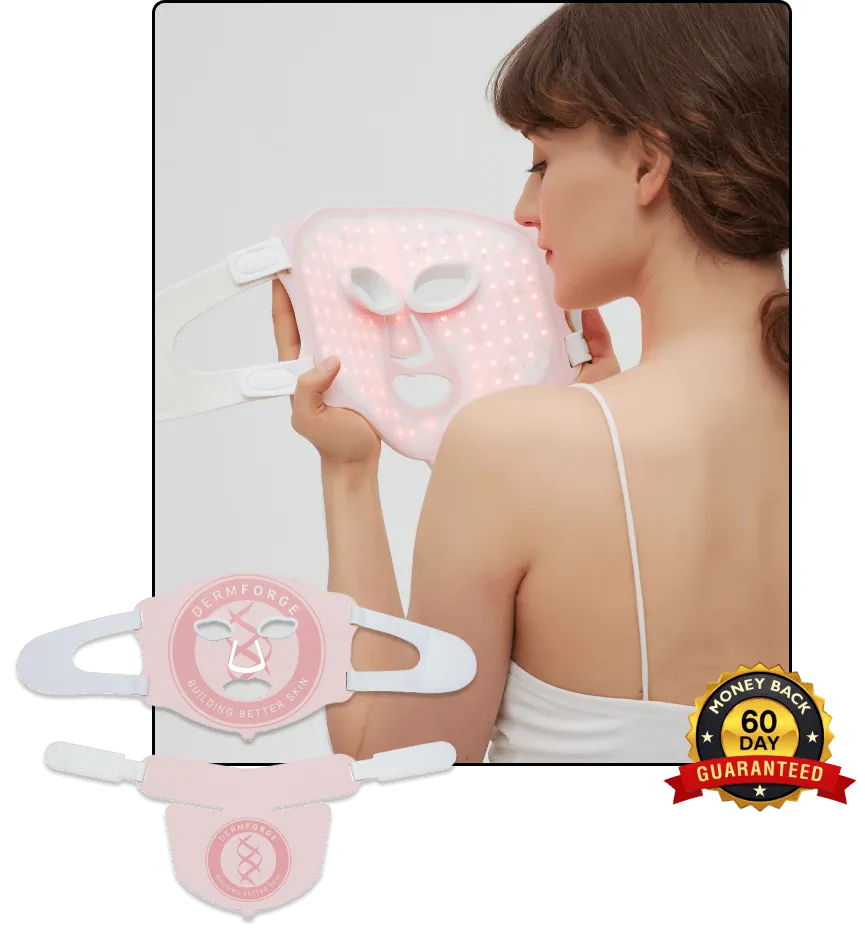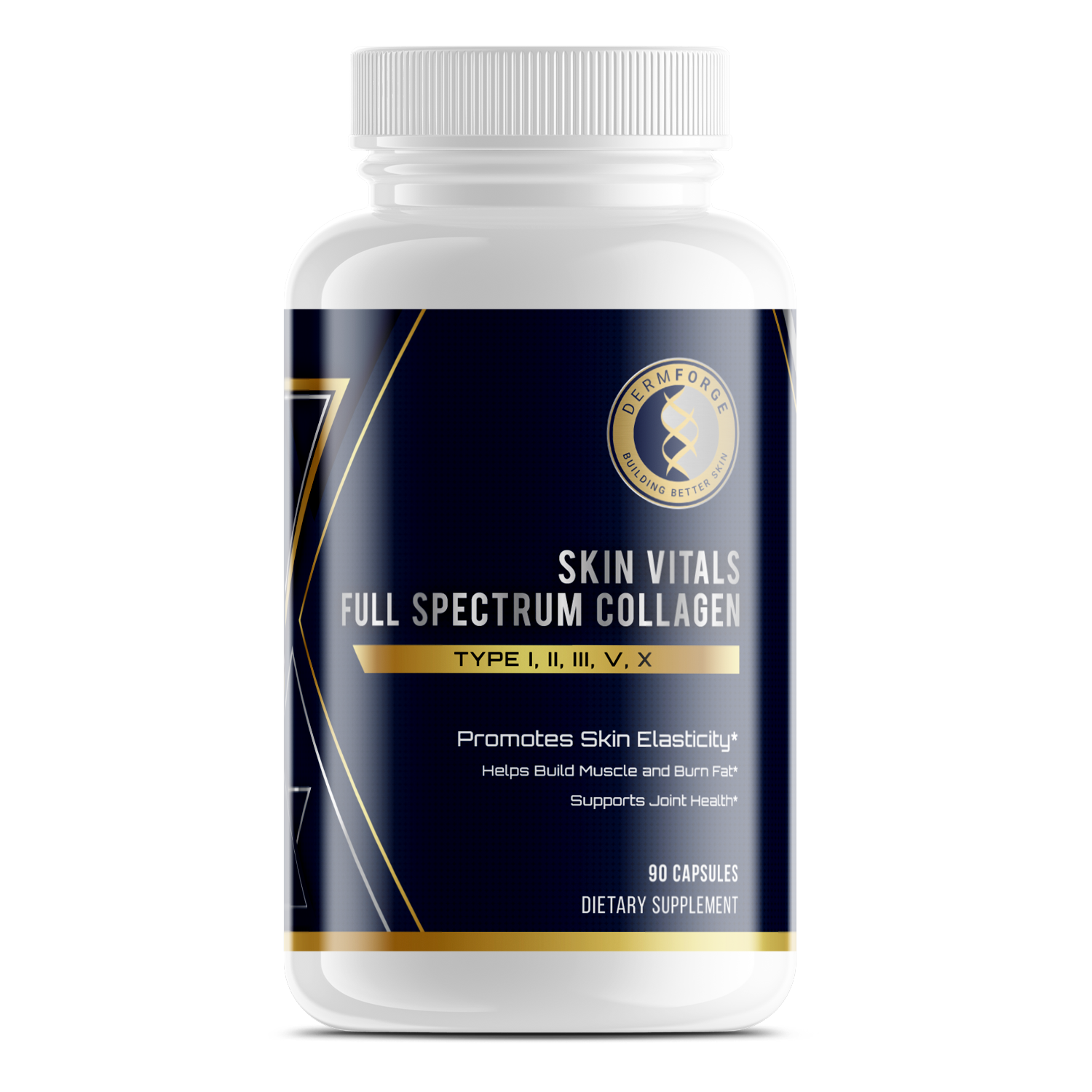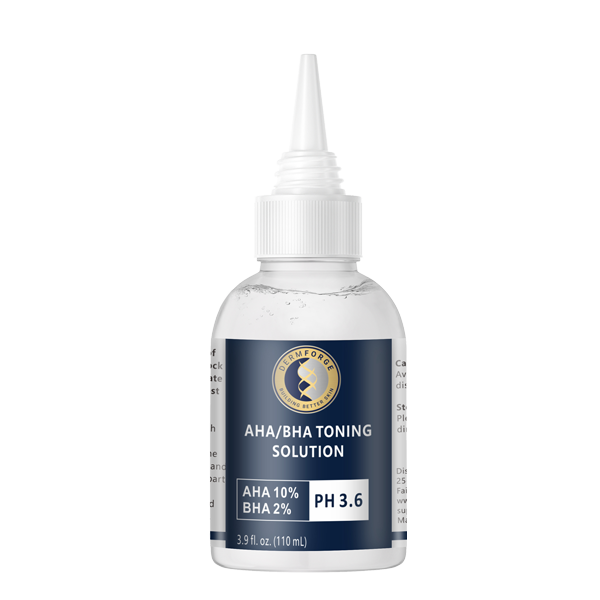Breakouts can be frustrating and unpredictable. They often appear without warning and leave behind irritation or dark marks. LED light therapy for acne offers a gentle, non-invasive way to treat breakouts at the source. This method uses specific wavelengths of light to target bacteria and reduce inflammation. Therefore, it helps improve skin without causing dryness or irritation.
Additionally, LED light therapy fits into most skincare routines with little effort. You can use it at home or in a clinic. However, results depend on how often you use it and the severity of your acne. Regular sessions with blue and red light may lead to clearer skin over time. You don’t need harsh ingredients or complicated products to get started.
The process is simple and well-tolerated by most skin types. Blue light helps reduce the bacteria that trigger breakouts. Red light calms inflammation and supports healing after acne fades. Therefore, the two wavelengths work well together. Additionally, LED devices do not produce heat, so your skin stays comfortable during each session.
Many people find this method easier to maintain than other treatments. However, patience is still required. You may not see results right away. Over several weeks, your skin may begin to feel smoother and look more balanced. Additionally, when used consistently, LED therapy can help prevent new breakouts.
By choosing a light-based approach, you support your skin’s natural repair process. You avoid the side effects that often come with traditional treatments. With regular use, this gentle option may help you manage acne more effectively.
How Acne Develops and Why It Persists
Acne often begins when your pores become clogged with excess oil and dead skin cells. This combination creates the perfect setting for breakouts. However, clogged pores alone don’t always cause acne. When bacteria enter the picture, things usually get worse. These bacteria feed on trapped oil and trigger inflammation beneath the skin.
Additionally, your body reacts to this process by sending signals that create redness, swelling, and sometimes pain. This inflammation can turn small clogs into larger, more noticeable pimples. Therefore, the longer bacteria and oil stay trapped, the more your skin reacts. Hormonal changes also play a role by increasing oil production, especially during adolescence or stress.
Some acne fades quickly, but other cases persist or return. That’s because the causes often remain active beneath the surface. For example, oil glands may continue to produce too much sebum. Bacteria can also repopulate even after treatments. Therefore, acne can become a long-term skin issue for many people.
Additionally, not all breakouts look the same. You may notice blackheads, whiteheads, or deeper cystic spots. Each type may respond differently to treatment. That’s why some people try multiple products before finding something that helps. However, those treatments can irritate or dry out your skin.
LED light therapy for acne offers a way to target these root causes without harsh chemicals. By focusing on bacteria and inflammation, it helps interrupt the acne cycle. This method supports clearer skin while minimizing irritation, making it a practical choice for ongoing care.
The Science Behind LED Light Therapy
LED light therapy uses specific wavelengths to target common skin problems. Blue and red lights are the most common wavelengths used for this treatment. However, each wavelength plays a different role in your skin's healing process. Blue light has shorter wavelengths that penetrate the skin’s surface to combat acne-causing bacteria directly. Therefore, it helps reduce inflammation and minimizes pore blockage. Additionally, blue light works safely and gently, making it a popular choice for repeated use.
Conversely, red light works on deeper layers of your skin. It travels further to stimulate repair and promote collagen production. Consequently, red light helps calm inflammation and supports skin regeneration. Moreover, it aids in healing inflamed acne lesions and reduces redness over time. As a result, your skin appears smoother and more balanced with regular sessions.
LED light therapy for acne combines the strengths of both blue and red wavelengths. Furthermore, this method offers a non-invasive alternative to harsh chemical treatments. You can incorporate this treatment easily into your regular skincare routine without significant side effects. Therefore, you enjoy the benefits of reduced inflammation, fewer breakouts, and improved skin tone.
Additionally, the process works gradually and supports your skin’s natural recovery. With consistent use, you begin to notice visible improvements after several weeks. Moreover, the therapy interrupts the cycle that causes acne while soothing irritated skin. As a result, your confidence grows as your skin becomes clearer and more even in tone.
Overall, LED light therapy provides a balanced approach to addressing acne. You gain a gentle yet effective treatment method that helps restore your skin to a healthier state.
Blue Light for Targeting Acne-Causing Bacteria
Blue light therapy focuses on treating acne at its source. It uses a specific range of light, typically between 405 and 420 nanometers. This wavelength stays near the surface of your skin, where acne-causing bacteria often build up. These bacteria feed on oil in your pores and trigger inflammation. However, blue light targets and destroys these bacteria without damaging your skin.
Additionally, blue light treatment is gentle and non-invasive. It does not involve chemicals or abrasive methods that may irritate sensitive skin. Therefore, many people use it as a safer alternative to traditional acne treatments. When used consistently, it helps reduce both the number and severity of breakouts.
LED light therapy for acne often includes blue light as part of the overall treatment plan. This makes it especially helpful for oily and acne-prone skin. However, results do not happen overnight. You may need several weeks of use to see noticeable improvement. Additionally, some people benefit from combining blue light with red light for inflammation and healing.
You can use blue light therapy at home or in a professional setting. At-home devices are typically less intense but still effective when used regularly. Therefore, they work well for maintenance or mild acne. However, for deeper or cystic acne, stronger professional treatments may work faster.
By choosing blue light, you target one of the key causes of acne—bacteria. Over time, this reduces breakouts and helps keep your pores clearer. With consistent use, your skin can become smoother, calmer, and less prone to future flare-ups.
Red Light for Reducing Inflammation and Healing Skin
Red light therapy uses wavelengths between 630 and 660 nanometers to treat deeper layers of your skin. It does not target bacteria. Instead, it focuses on calming inflammation and supporting healing after a breakout. Therefore, it’s helpful if your skin stays red or irritated after pimples clear.
Inflammation plays a big role in acne. It can make breakouts last longer and increase the chance of scarring. However, red light reduces this inflammation by increasing blood flow and triggering repair at the cellular level. This helps your skin recover faster with less discomfort.
Additionally, red light encourages collagen production. That matters because collagen helps rebuild tissue and smooth the surface of your skin. Therefore, it may also reduce the appearance of acne scars over time. Red light works without causing heat or damage, so you can use it regularly without side effects.
You may notice your skin feels calmer after just a few sessions. However, visible changes take time and consistent use. Most people combine red and blue light for the best results. Blue light targets breakouts, while red light handles irritation and recovery.
LED light therapy for acne works best when you address both causes and symptoms. Red light plays an important role in reducing redness, swelling, and skin sensitivity. Additionally, it supports healing after acne clears.
By using red light consistently, you give your skin the support it needs to recover and look more even. This makes red light an important part of many long-term acne care routines.
LED Light Therapy vs. Traditional Acne Treatments
Traditional acne treatments often include topical creams, oral antibiotics, or chemical peels. These options target acne in different ways. However, many come with side effects like dryness, irritation, or sensitivity. Some treatments require prescriptions, and others can take time to show results.
Additionally, overuse of topical products may damage your skin barrier. This can lead to more irritation or even breakouts. Oral antibiotics target internal inflammation and bacteria but may affect gut health over time. Therefore, many people look for gentler alternatives that still offer results.
LED light therapy for acne offers a non-invasive approach. It works without chemicals or prescriptions and can be used safely at home. Blue light reduces bacteria on the skin’s surface, while red light calms inflammation and supports healing. Together, they offer a balanced way to manage both breakouts and recovery.
You don’t need downtime or special recovery products after light therapy. Additionally, treatments are painless and easy to add to your routine. However, light therapy works best with consistency. You may need several sessions before noticing improvements.
Unlike peels or strong exfoliants, LED therapy doesn’t strip your skin. That makes it helpful for sensitive or reactive skin types. Therefore, it can be used alongside other products without causing conflict.
By using light energy instead of harsh ingredients, you reduce the risk of irritation. LED therapy offers a simple, low-risk option for long-term acne care. You support your skin’s natural balance without pushing it too hard.
How to Use LED Devices Safely and Effectively at Home
Using LED devices at home offers a convenient way to support clearer skin. However, proper use is key to getting results. Most at-home LED tools are safe when used as directed. You should always read the instructions before starting any treatment. Additionally, start with clean skin to help light penetrate better.
Use your device for the recommended time, usually between 10 and 20 minutes per session. However, longer sessions will not speed results and may irritate your skin. Most people begin with three to five sessions per week. Therefore, keeping a consistent schedule gives your skin time to respond.
Red and blue light work best when used regularly over time. You may notice a small change within a few weeks. However, significant improvement usually takes six to eight weeks of steady use. Additionally, combining light therapy with a gentle skincare routine can help support healing.
Do not use your LED device over broken skin or open wounds. Also, avoid looking directly at the light. Some tools include goggles for eye protection. Therefore, follow all safety steps to avoid irritation. If you use other acne treatments, apply them after your light session.
LED light therapy for acne helps manage breakouts with minimal disruption to your routine. It works slowly but steadily. Additionally, at-home devices allow you to treat your skin without frequent office visits or strong medications.
By staying consistent and patient, you support your skin’s repair process. You also reduce breakouts and inflammation over time. With safe use, light therapy can become a reliable part of your skincare routine.
Conclusion
LED light therapy offers a simple, non-invasive way to manage acne and support long-term skin health. It works without harsh chemicals or prescription medications. By using red and blue light, you target both inflammation and acne-causing bacteria. Therefore, this method treats breakouts at the source and helps prevent new ones from forming.
Additionally, LED devices are easy to use at home with consistent care. You can fit sessions into your weekly routine without extra effort. However, results take time and require patience. Most people need several weeks before noticing clearer skin.
LED light therapy for acne supports healing without causing irritation or dryness. It helps reduce redness and calms the skin after breakouts. Therefore, it’s a helpful option if you have sensitive or reactive skin.
You can also combine light therapy with other gentle skincare practices. That way, you support your results and reduce the chances of new breakouts. Additionally, at-home tools make it easier to treat your skin without frequent appointments.
Staying consistent is key. Use your device as directed, avoid overuse, and follow safety steps for best results. If used properly, light therapy can be a long-term part of your acne care plan.
By understanding how LED therapy works, you can make better choices for your skin. You get a practical way to treat breakouts and support overall balance. With regular use, your skin can feel and look more calm, clear, and healthy.






